Mark W. Moffett, Ecologist Storyteller
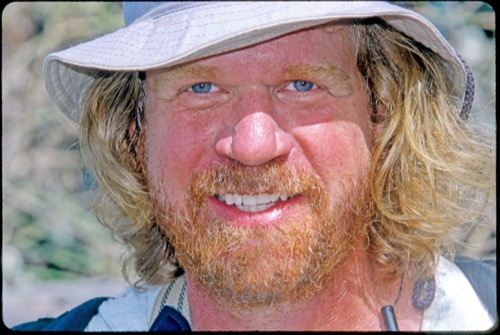
Cool Tools Show 246: Mark Moffett
Our guest this week is Mark Moffett, who did his doctorate under Harvard conservationist E.O. Wilson. In grad school, Mark figured out photography to document his ant research, leading to his first National Geographic article. He’s a widely traveled tropical explorer, who’s currently studying the life and death of societies.
Subscribe to the Cool Tools Show on iTunes | RSS | Transcript | See all the Cool Tools Show posts on a single page
Show notes:
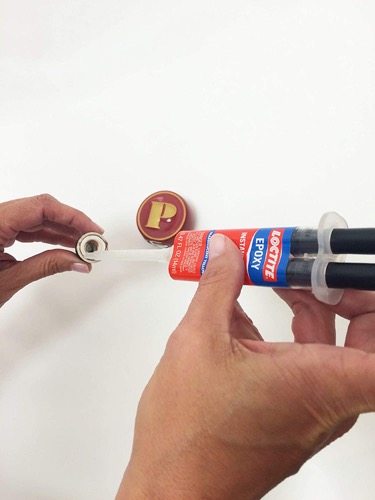
5-minute epoxy, needle and thread (for making all kinds of innovations)
I carry these things with me everywhere. I do it because I actually modify everything I buy or build. Everything I have has little modifications all over it. So even for cameras, I will immobilize any button that might cause me problems. You know something you never use and you suddenly press and it screws up your photography? I’ll just use a very tiny amount of epoxy. Any button I don’t want to move, I make sure it doesn’t move. As for a needle, I’m always modifying my pants. I put a zipper in the front pocket and a button below that. I’ve had people try to get past that when I’ve been on a crowded bus traveling somewhere. They get past the zipper, but they never get past the button.
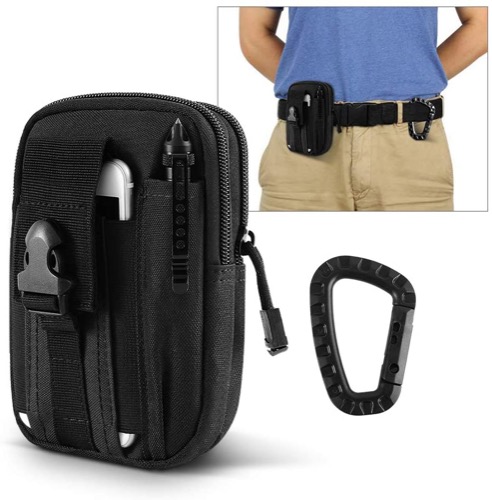
AIRSSON Universal Organizer ($12)
I’m an entomologist, so I’m looking for small creatures. If anybody out there likes bugs and whatnot, you might appreciate this. I use a belt bag — an AIRSSON universal organizer. I have in there my waterproof notebook, a mechanical pencil, a Bausch & Lomb Loupe, a high magnification 20x to look at all the tiny critters I want to. There’s something called featherweight forceps you can get so you can pick up bugs without bothering them. A little tape measure, and even a mask. It’s simple and easy as possible, and mostly just waterproof. Nothing too noteworthy. You have to be able to grab your camera and take your picture when the action happens. So I strip things down, make them very simple. I’m not into a lot of gear, just good gear and things that work for me, and as I say, I modify them a lot to make them work.
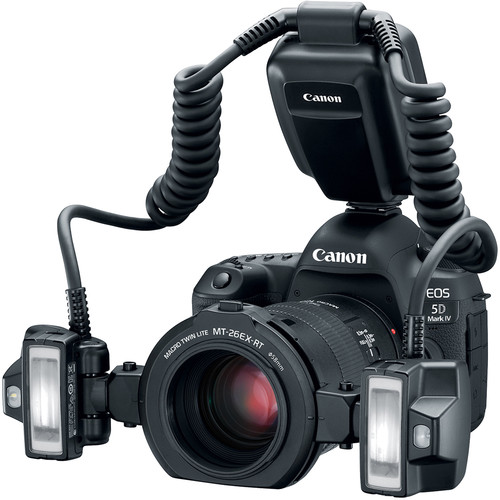
Canon Macro Twin Light Flash ($989)
I actually figured out how to take photographs of ants when I was in graduate school. So I became an expert on photographing small insects. That was in the ’80s and before this particular flash was developed, so I actually put together something that ended up working a lot like this flash does. I figured this out by trying to replicate studio lighting for a supermodel. If you look at a book on how to photograph a supermodel, you need light banks with a main light, a fill light, and a hair light. So you have to picture your ants, your little ant, or a little insect, your little beetle, as Naomi Campbell, and ask how she’s going to look. If Naomi Campbell was the size of an ant, your flashes have to be in really close and they have to be diffused. They can’t be strong. So I developed a system with two flashes that I was able to attach to my camera with angle irons and on a pipe clamp, and those flashes were really cheap and they would electrocute me all the time. But now Canon has come up with this Macro Twin Lite, and it’s two little flashes that attach to the front of the lens, pretty much in the right spot for getting their supermodel lighting.
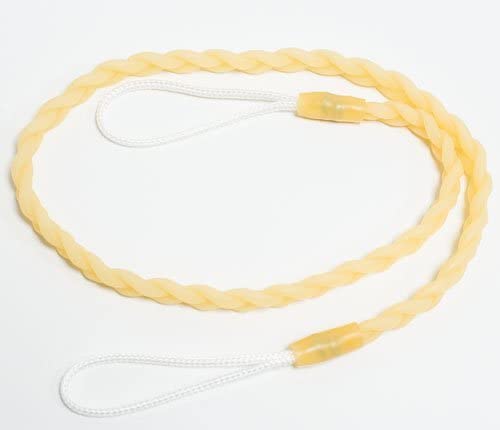
Flexo-Line XL Campers Compact Clothesline ($16)
These are great because it takes up no space, and as I say, I’m very efficient with space. You just pull it across the shower or across the space in your room. I’m one for washing clothes in the sink. I was a graduate student, spent months in India for part of my trip, and I would just go down to the river and do what all the people do in the river and take my underwear and everything else and slam it against a rock with a whipping snap. It would echo through the valley, cleaning your clothes that way. But it really does clean your clothes pretty fast. Some of the places we go, you’re not going to find a laundry mat or someone to clean things for you, so I’d do a couple of pieces of laundry at night. This particular Flexo-Line is made out of a twirled rubber band. So you don’t need any clothes pins, you can just stick your clothes into these little twirls in the rubber and they stay there until they dry. I find that very effective.
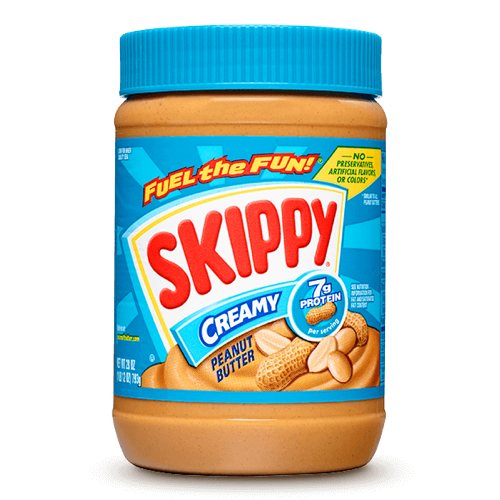
Mr. Skippy (peanut butter as a social icebreaker in remote places)
I learned this from a guy named Ted Pappenfus. Ted is at the University of California, Berkeley, and he is a herpetologist. I’ve been with him in Iran, and we were nearly kidnapped once. The only reason our group wasn’t kidnapped is that we were running late and a group of Italians that passed where we were supposed to be got kidnapped instead. I wrote about this as a Smithsonian article once. We were all dismayed that we weren’t kidnapped because the kidnappers apparently took people up into the mountains where they could collect fabulous lizards and ants and everything else, and fed people really well. So we would’ve been doing much better than we did. Mr. Skippy was Ted Pappenfus’ favorite gizmo, and it’s basically Skippy Peanut Butter. He’d get that and bring along a large jar of it just to break down social barriers with folks. The way he did it, and I followed suit in a couple of my own trips, is to take a large bottle and get a spoon and let people try it out. Because it’s just a fun way of introducing folks to something a little foreign and American, because you’re showing up in a place looking like a Martian. Ted particularly works in places with troubled governments, so he’s actually trained the Taliban in Afghanistan how to catch lizards. So you’re dealing with people who are finding you very bizarre and a little suspect, and you’re breaking down the barrier, and nothing like peanut butter for doing that. It’s cheap, it travels well, and if all else fails, you can eat yourself.
About The Human Swarm: How Our Societies Arise, Thrive, and Fall
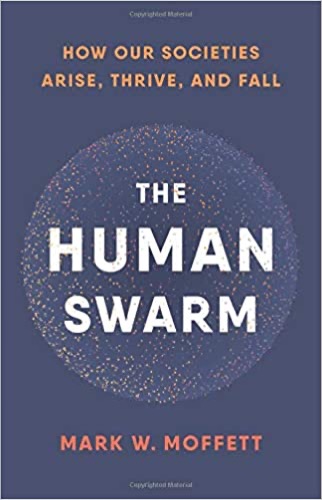
I was supposed to be on the Ivory Coast looking for chimpanzees right now. So it’s kind of an anti-excited moment for me, darn it. Here I am in front of my computer, because I’ve been in front of the computer now for about six or seven years, writing a book on societies. Looking at societies across the different species and how societies function and how they stay together over time, and what causes them to break apart when they do fall apart. I’m an expert on ants, but I’ve looked now across different animals and in humans to how societies actually function and work, and there are actually surprising parallels going on. My basic view is that societies are about identity, how ingroups and outgroups form even in animals. Jane Goodall famously was looking at chimpanzees in Gombe early on, and everything seemed all hunky-dory and everyone was basically getting along. There were some struggles among the top males, but that’s kind of normal. Then one year they suddenly started killing each other, and it turned out her particular society or community of chimpanzees had split into two, and friends have become foreigners. It’s kind of parallel to what we see in humans when we no longer feel that we’re belonging to the same group. It’s the kind of stress that humans experience and we are experiencing in different parts of the world now, and it has it’s parallels in animals that have never been looked at.






